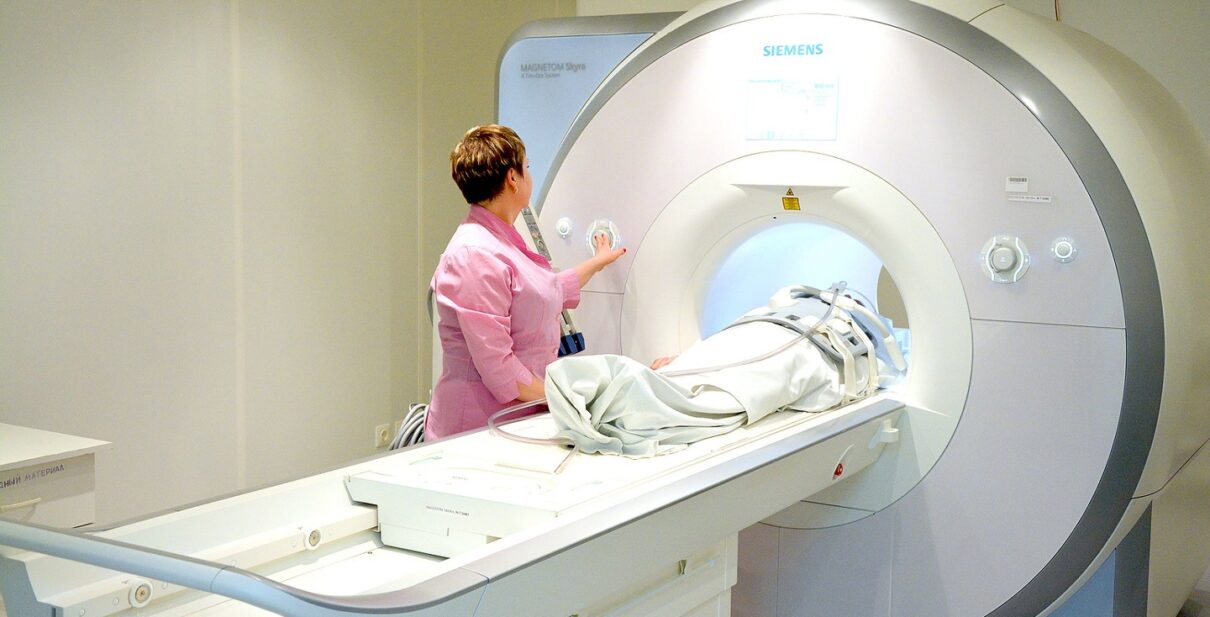Radiology is an indispensable tool in modern medicine, providing invaluable insights into diagnosing and treating various medical conditions. However, the use of ionizing radiation in imaging procedures raises concerns about potential health risks for both patients and healthcare professionals. In this blog, we’ll explore the importance of radiation safety in radiology practice and discuss best practices for minimizing exposure. Led by Dr. Snehal Suryawanshi at Insight Imaging & Bone, Joint & Spine Clinic in Thergaon, Pune, let’s delve into the strategies and protocols that ensure the safety of all individuals involved.
Understanding Radiation Exposure:
Ionizing radiation, such as X-rays and gamma rays, is commonly used in radiology to create images of the internal structures of the body. While these imaging techniques are invaluable for diagnosing and monitoring medical conditions, they carry potential risks associated with radiation exposure. Prolonged or excessive exposure to ionizing radiation can increase the risk of developing cancer and other adverse health effects.
Radiation Safety Measures in Radiology Practice:
- Optimization of Imaging Protocols: Radiologists and technologists strive to optimize imaging protocols to obtain high-quality images with the lowest possible radiation dose. This involves adjusting technical parameters such as exposure settings and image acquisition techniques based on the specific clinical indication and patient characteristics.
- Utilization of Shielding Devices: Lead aprons, thyroid shields, and gonadal shields are commonly used shielding devices to protect patients and healthcare professionals from unnecessary radiation exposure during imaging procedures. These devices are positioned strategically to minimize radiation exposure to sensitive organs and tissues.
- Patient Dose Monitoring: Radiology departments implement systems for monitoring and tracking patient radiation doses to ensure that imaging studies are performed safely and within recommended dose limits. This involves recording radiation exposure data and reviewing dose reports to identify any outliers or instances of excessive exposure.
- Education and Training: Healthcare professionals undergo comprehensive education and training on radiation safety principles and best practices. This includes understanding the principles of radiation protection, proper positioning and shielding techniques, and adherence to ALARA (As Low As Reasonably Achievable) principles to minimize radiation exposure.
- Quality Assurance Programs: Radiology departments implement quality assurance programs to monitor and maintain the performance of imaging equipment and ensure compliance with regulatory standards for radiation safety. This includes regular calibration and maintenance of imaging systems, periodic quality control testing, and ongoing evaluation of imaging protocols.
- Radiation Risk Communication: Radiologists communicate the potential risks and benefits of imaging procedures to patients, empowering them to make informed decisions about their healthcare. This involves discussing the necessity of the procedure, alternative imaging options, and the potential risks associated with radiation exposure.
Summary:
Radiation safety is paramount in radiology practice to protect the health and well-being of both patients and healthcare professionals. Led by Dr. Snehal Suryawanshi at Insight Imaging & Bone, Joint & Spine Clinic in Thergaon, Pune, adherence to best practices for minimizing radiation exposure ensures the safe and effective use of imaging techniques in diagnosing and treating medical conditions. By optimizing imaging protocols, utilizing shielding devices, monitoring patient doses, providing education and training, implementing quality assurance programs, and promoting effective risk communication, radiology departments can uphold the highest standards of radiation safety and patient care.




